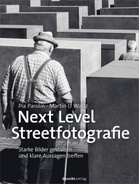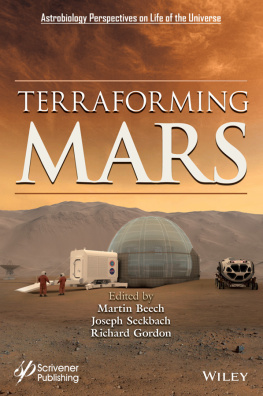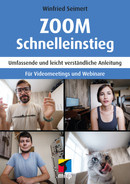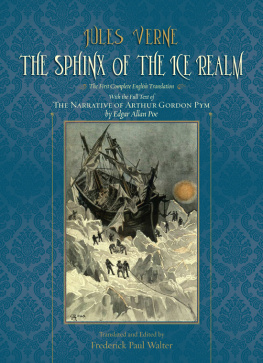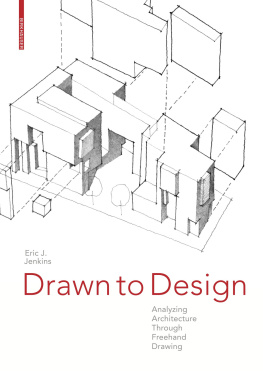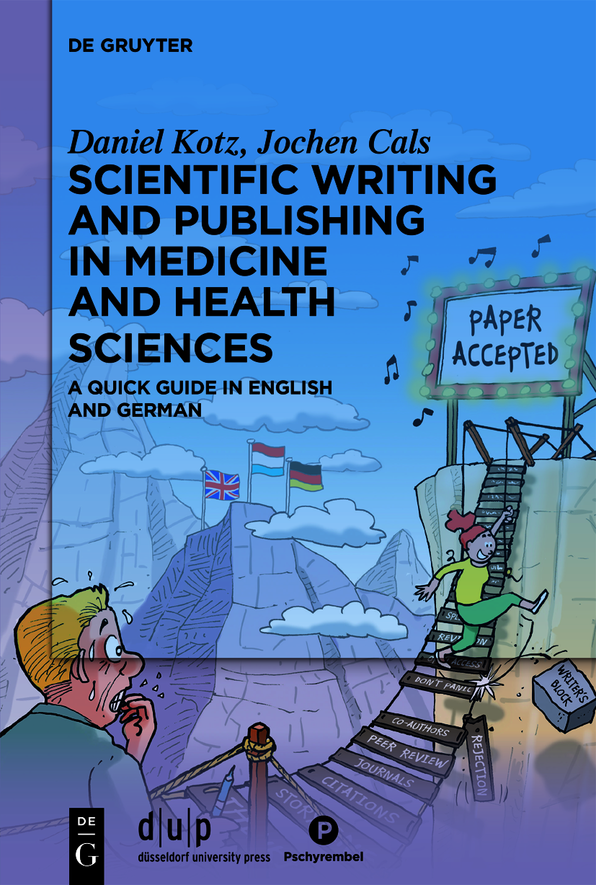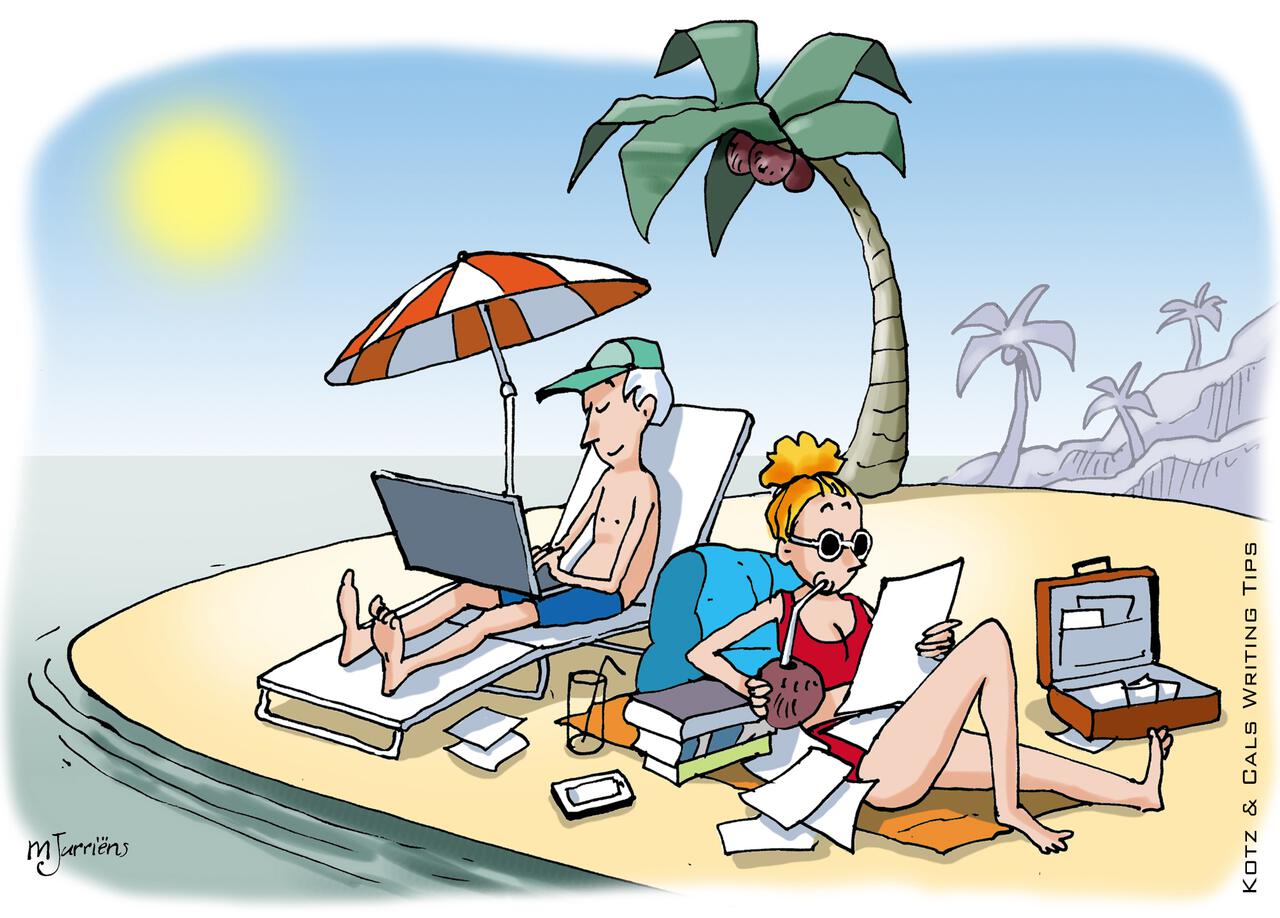
Tip 1 How to get started: choose the optimal environment!
What you should know
Most researchers find it challenging to start writing a new paper and to remain motivated during the process. Every writer experiences good and bad writing days. There are, however, many possibilities to make writing generally more efficient and also more fun.
The order of the writing process does not have to be the same as the eventual order of the article sections, and you may find some sections easier to write than others. As the introduction and discussion sections are often perceived as the most difficult ones, you may find it easier to start with the methods and results. Furthermore, there are advantages to writing or finalising the introduction and discussion at the end (but before the abstract) as their contents depend on the choice of journal and on the methods and findings presented in the paper.
Before actually starting to write a paper, it is absolutely vital that the first author, i.e. the person leading the writing, as well as the main collaborators on the paper have a clear, shared understanding of the primary research objective and key findings of this particular paper. Without this, it will be impossible to write a clear and concise story. A paper is often one of many resulting from the same, large research project, and there is always more to report from that project than is possible within the word limit of one paper. Therefore, each individual paper has its own objective, allowing you to decide what needs to be reported and what can be omitted. It is also important to choose a potential journal and target audience at an early stage.
What you should do
Before wondering how to start?, think about when and where you are most serene, creative and productive in writing. What environment inspires you? Where are you most concentrated and least distracted? What day of the week and what time of the day do you find most fruitful for writing? It is helpful to set aside blocks of several hours of uninterrupted writing and to give writing the priority it deserves in your otherwise busy agenda.
Split the thinking from the writing! Structure your complete storyline before actually writing full sentences and paragraphs. Prepare an outline (or skeleton), especially for the introduction and discussion section:
Use single-word topics or one-liners indicating the main message of each paragraph to create a logical and convincing storyline within the section (these headings later become the lead sentences of your paragraphs).
Gather key publications related to your paper and add notes under each heading with appropriate citations.
Replace the notes with rough sentences to build a paragraph (of approximately 68 sentences).
Rewrite the sentences until the whole paragraph reads well.
Check whether the paragraph has a head (i.e., a lead or first sentence that summarises the essence of the paragraph) and tail (i.e., a bridge or final sentence that connects with the next paragraph).
Create empty tables and figures right at the beginning. This will force you to decide what results are most relevant, allowing you to create a clear and concise storyline. Discuss the outline and empty tables/figures with your main co-authors; at this stage it is still easy to make major changes.
Keep up your motivation by planning writing sessions into your calendar (minimum two hours) and dividing the writing of a paper into manageable chunks which can be achieved during one session. Make writing a priority during these sessions, and avoid any distractions such as answering e-mails. Go with the flow when you feel it's going well, but stop writing when you get stuck. Use several small breaks (510 minutes) during a session to clear your mind, and use longer breaks (several hours or days) to create sufficient time for reflection. Do not wait too long to ask for help and talk with co-authors about your paper. Define feasible intermediate goals (e.g., I want to send an outline of my introduction to my co-authors by the end of the week) and define your final goal (e.g., I want to submit the paper to the journal before the end of the month). Last but not least: reward yourself when reaching intermediate and final goals!
Checklist for how to start writing a paper
Set aside time for writing and choose the optimal environment
Split the thinking from the writing: structure your complete storyline and create empty tables/figures before actually writing full sentences and paragraphs
Choose a potential journal early
Divide the writing of a paper into manageable chunks
Make use of writing sessions and sufficient short and long breaks
Reward yourself for achieving intermediate and long-term goals
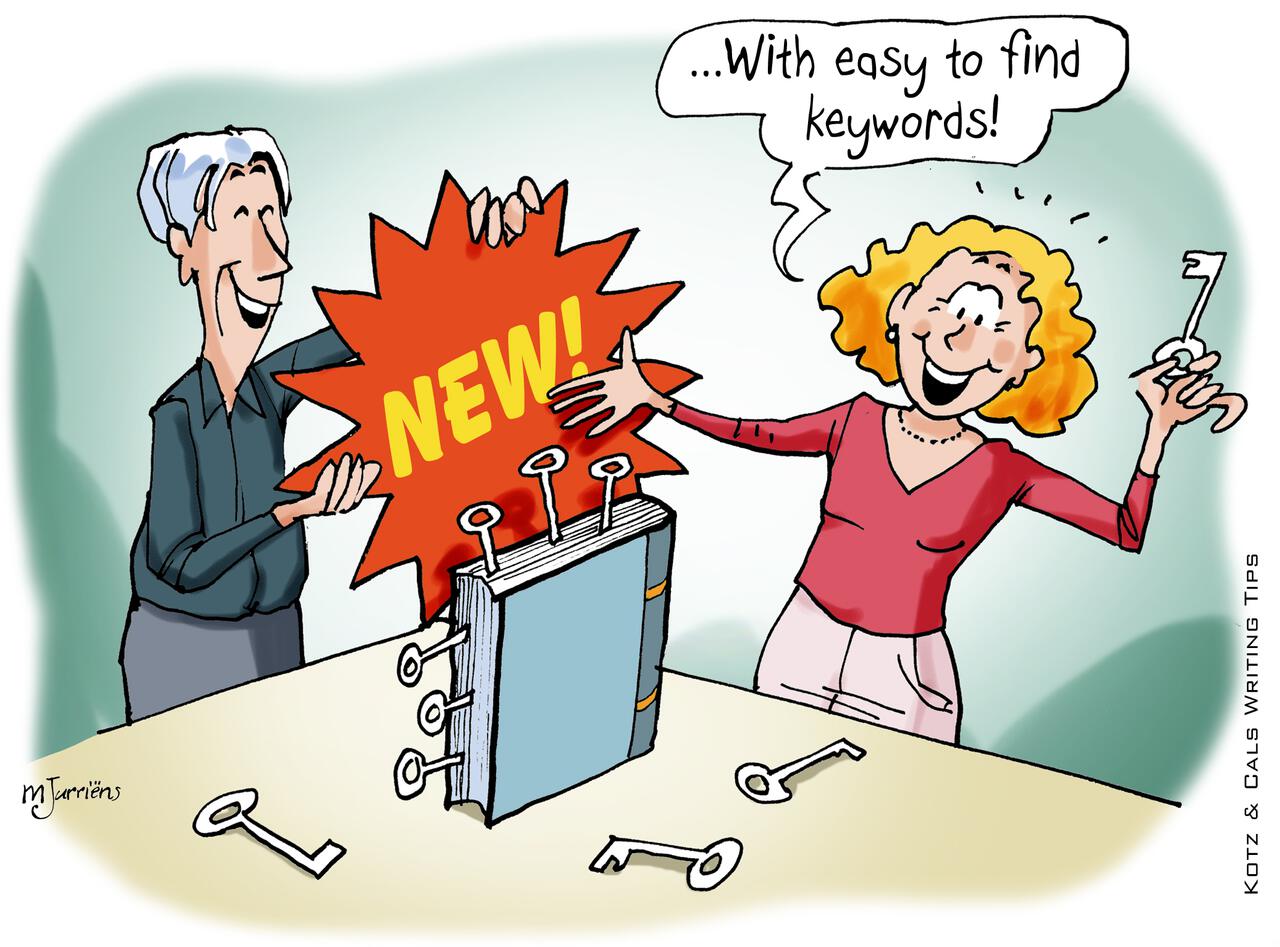
Tip 2 Title and abstract: sell your paper!
What you should know
The title and abstract are the most important parts of a paper. They are important for editors, who will scan the title and abstract to decide if it should be sent out for external peer review; for reviewers, who will get a first impression of the paper; and for readers, as the title, abstract and keywords are often the only parts of the paper that are freely accessible to everyone online, including readers in developing countries. Electronic search databases use words in the title and abstract to yield search results. In PubMed, the similarity between documents is measured by the words they have in common, and terms in the title are given more weight. It is therefore essential that the title and abstract contain all the important terms that potential readers may use in searching for relevant literature and related articles.
The author instructions of your chosen journal give information on requirements for titles. Some allow only single titles, others allow subtitles, possibly with a colon. Informative titles are those that present the outcome of the study (e.g., drug x is effective in reducing cholesterol), while some journals prefer a descriptive title stating the subject and design of the study (e.g., drug x for treatment of hypercholesterolemia: a placebo-controlled randomised trial). Journals may require a short running title to be used at the top or bottom of each page, facilitating reader navigation through the journal.
Journals usually require a structured abstract with headings (such as background, methods, results and discussion). The abstract must clearly highlight the issue addressed by the study and the key findings. An abstract should be stand-alone, without any reference to the main text or literature. Most journals have a strict word limit for the abstract (typically 200300 words). While an abstract must be pleasant to read on its own, the narrative tone and style must be more telegraphic than that of the main text.


